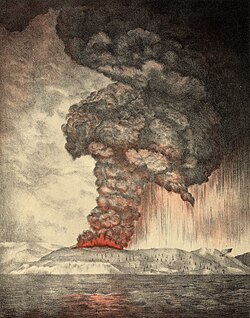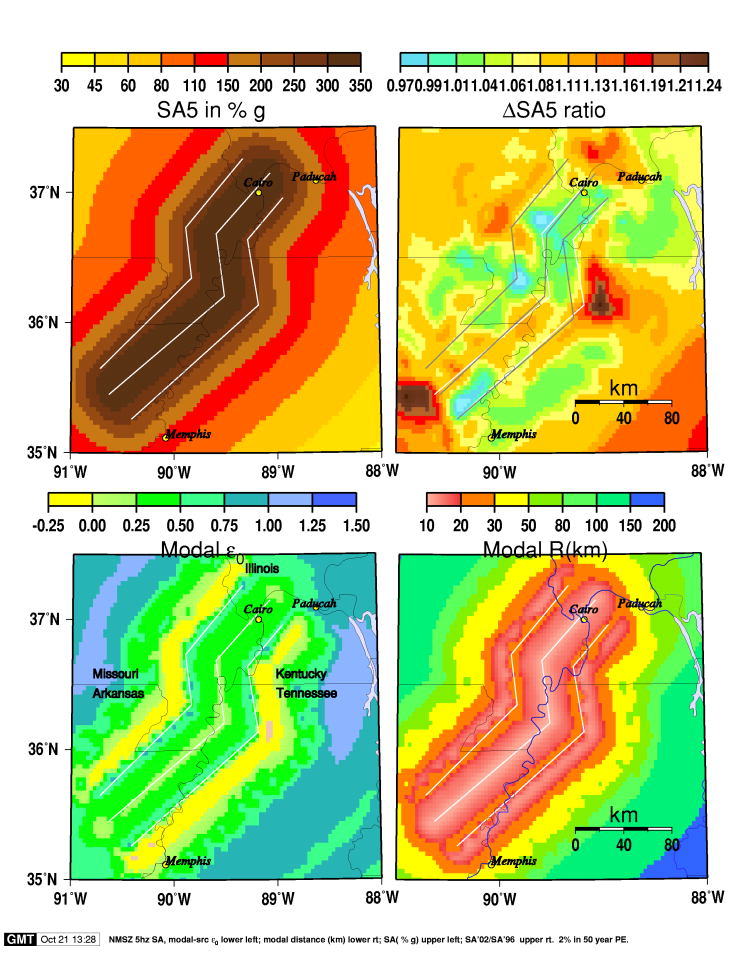 |
| FEMA image in the public domain |
In brief, the answer to this is a three-parter:
1) Geology + temperature.
2) It doesn't. England has more per square kilometer.
3) Some details are still unknown, and that might change the answer
What is widely accepted:
- Low elevation moisture comes from the Gulf, sweeping across Texas and into Tornado Alley (the red parts of the map, above).
- High, hot dry air from the SW desert creates a high cap.
- Cold air swoops down from the Rocky Mountains. It's crucial that the mountains run North-South for storm formation. A country split by east-west mountains would not have this ingredient.
- All of this gets stirred together, and a new front can send that moist air up and up. Clouds form. Add circulation, and you get supercell thunderstorms.
 |
| Supercell, by NOAA, seen from the south |
30-50 degrees latitude is currently the sweet spot for tornadoes. If the weather continues to steadily heat up worldwide, that will shift northward, and Canada may one day rival the US for tornadoes.
If the US were three countries--west of the Rockies, middle third, and east-coast states--the two coastal thirds would have a more typical number of tornadoes. It's that middle third that gets slammed with the EF4 and EF5 tornadoes that turns the US into tornado central. England may have more tornadoes for its area, but they tend to be EF1 storms.
If you meet people from Oklahoma, which has the majority of the worst tornadoes, ask them about twisters and you'll discover this: most have never seen a tornado in person. Like the rest of us, they mostly see video of them on TV, over in the next county. I've seen one in Illinois, IRL, from a distance, which I think we can all agree is the ideal way to see one.
I have a tornado novel written, by the way, with major revisions done, but I need to get the last Gray novel out before I return to it and finish the final edits of it. It'll be out in early 2016, I think.




